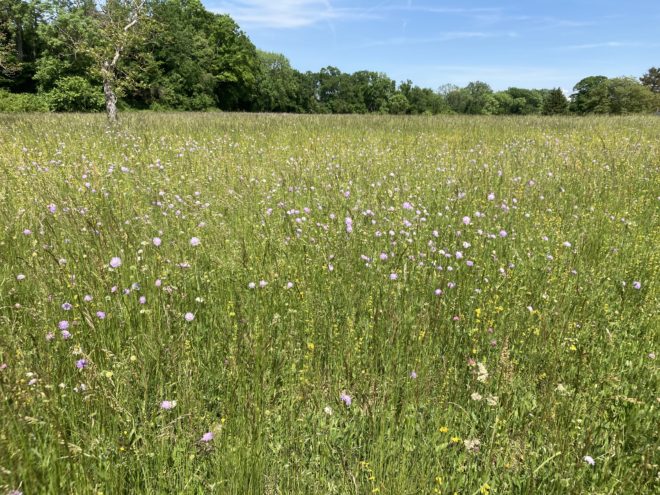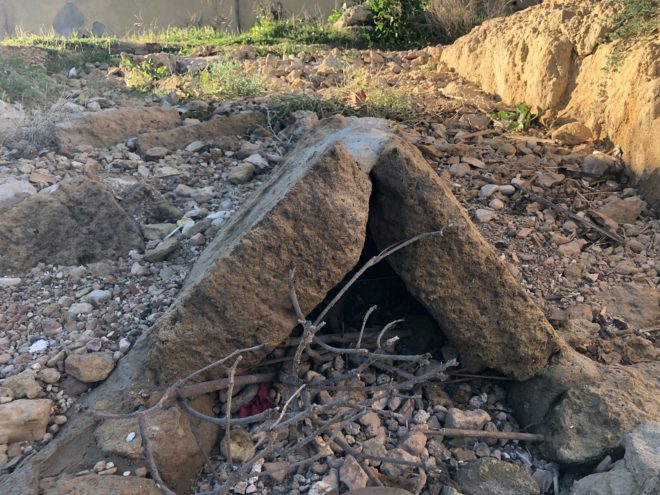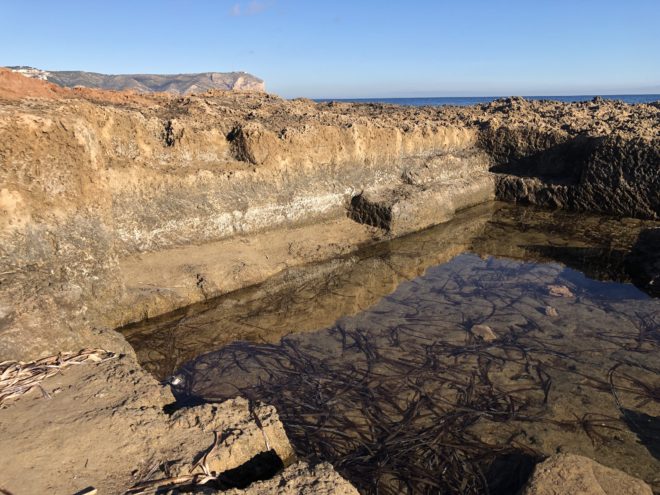Tag: archeology
-

The Horror of Herculaneum
Reading Time: < 1 minuteYears ago I walked around Herculaneum and was impressed by how well preserved it was. I could see wood, plaster and more. You could see how the rooms looked. It is much smaller than Pompei but it is still worth visiting
-

A 2000 Year old Greek Mosaic in Turkey
Reading Time: < 1 minuteI like archeological twitter because it shows us curiousities every day of the week, several times a day. I like the image of the mosaic below because you see that it was quite deep, and hidden. Imagine digging down and coming across such a sight and site. More info
-
Vineyard Mosaic In Italy
Reading Time: < 1 minuteA few years ago we read about a vineyard where people had been digging. They discovered a vineyard that was well preserved. At least with a vineyard above there is no chance of a plow or other tool damaging the mosaic.
-
The Romans in Croatia
Reading Time: < 1 minuteWhen you walk in specific European cities you find that history is either very visible, or hidden just beneath the surface. In Rome and other places, every time someone digs they find ruins. As in the images below we see that the same is true, in this instance of Hvar, in…
-
A Gladiator Mosaic at Santa Maria Nova
Reading Time: < 1 minuteI have walked more than once along the Via Appia but I don’t remember seeing this mosaic. It shows a gladiator with a trident. The name of a gladiator equipped in this manner is Retiarius. Next time you are on the Appian Way consider visiting this Roman Villa, along with the…
-
Scotland’s Roman Wall – Tweet
Reading Time: < 1 minuteWhen I started writing about the Roman civilisation in the summer of 1996 content was still new on the web. Wikipedia didn’t exist and we still relied on books and encyclopedias. We still had to visit ruins and more. Today the web has matured to such an extent that you can…
-
Cramond Tower in Scotland – Corner of a Roman Fort
Reading Time: < 1 minuteCramond tower which sits on the corner of a Roman fort. Located in Cramond village, just outside Edinburgh, the tower reuses much of the stone from the fort #Roman #archaeology #scotland pic.twitter.com/1LunLTDZEn — Roman Scotland (@RomanScotland) February 12, 2022
-

Roman Fish Salting in the Mediterranean
Reading Time: 3 minutesFor years I heard about Roman pisciculture baths near the sea in Spain and I thought that this is where they would keep fish for eating, like they did in medieval Europe. That idea is wrong. The pisciculture that you have near Javea, Cadiz, and other parts of the Mediterranean coast were…
-

The Romans on Twitter
Reading Time: 2 minutesOver a few months I have seen that tweeting about the Romans is growing in frequency. The accounts that I see are tweeting about Roman Britain. They share images of mosaics, digs and new discoveries. It is a way to follow archeology and Ancient history in a modern context. By following tweets…